Natural Antibiotic - Propolis or Bee Balm
-
Propolis or bee balm is a natural antibiotic. Propolis is a type of balm collected by bees. Propolis appears to have a good effect on various complaints, illnesses and disorders. Bee balm is a vegetable, natural antibiotic. It also enhances the effect of (regular) antibiotics. Propolis works in conditions such as asthma, canker sores, blood vessels, intestinal complaints, weight problems, herpes. What exactly is propolis and for which complaints can it be used?
Bee balm (propolis) as a natural antibiotic
-
Propolis can be regarded as a natural, vegetable antibiotic. Propolis is a type of balm collected by bees from the buds and leaves of various trees and plants. The bees convert this or mix the collected balm with pollen components and add various types of active enzymes and ferments to it. It has been shown that in addition to three types of wax (other than the wax of combs), there are 18 other substances, which mainly consist of antibiotic substances, anti-oxidants and volatile oils.
Propolis
-
The concept propolis is derived from the Greek. Pro means for and policy is city. It could be deduced from this that this means that the bees use propolis 'for the benefit of the community (city)'. There is another explanation for the word propolis, stating that the word is derived from the verb 'polire' which means to polish. This could indicate that bees use the propolis to make the cells in which the queen will lay eggs shiny with propolis.
-
 11 minMain dishpeanut oil, tofu stir-fry cubes finely seasoned, stir fry sauce sweet and sour, thick noodles, carrot julienne, beetroot julienne, yellow bell pepper, watercress,rainbow salad with tofu
11 minMain dishpeanut oil, tofu stir-fry cubes finely seasoned, stir fry sauce sweet and sour, thick noodles, carrot julienne, beetroot julienne, yellow bell pepper, watercress,rainbow salad with tofu -
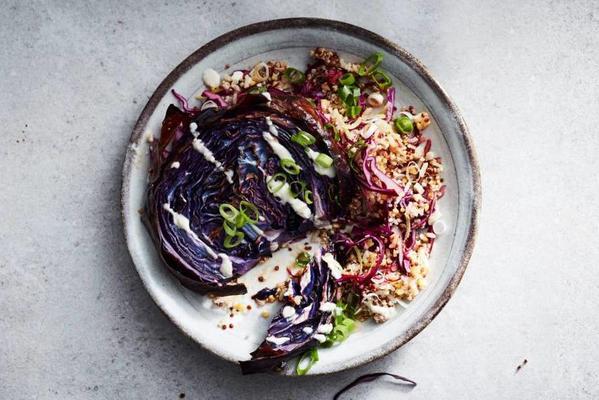 45 minMain dishRed cabbage, mild olive oil, quinoa plus, forest outing, lemon, sesame oil, soy sauce less salt, Bio Today tahini white in pot, tap water,grilled red cabbage with quinoa salad
45 minMain dishRed cabbage, mild olive oil, quinoa plus, forest outing, lemon, sesame oil, soy sauce less salt, Bio Today tahini white in pot, tap water,grilled red cabbage with quinoa salad -
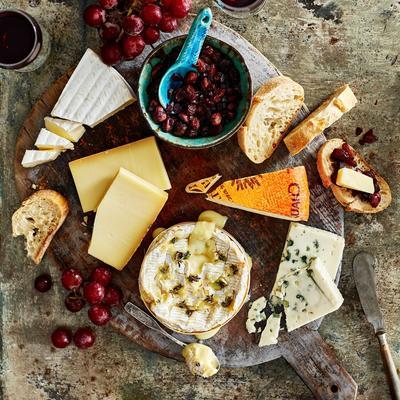 30 minDessertBrie, Roquefort, port salut, gruyere, Camembert, walnut, garlic, thyme, honey, grape, baguette, Red onion, red grape, raisins, Red wine, Red wine vinegar, Brown sugar,generous cheese plate with onion marmalade
30 minDessertBrie, Roquefort, port salut, gruyere, Camembert, walnut, garlic, thyme, honey, grape, baguette, Red onion, red grape, raisins, Red wine, Red wine vinegar, Brown sugar,generous cheese plate with onion marmalade -
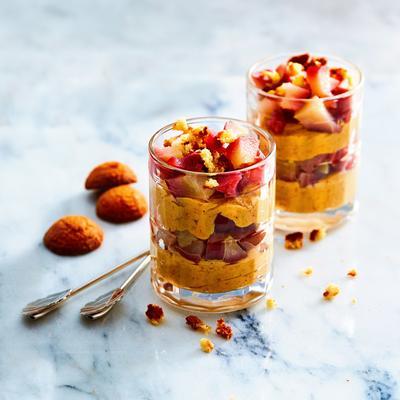 30 minDessertFull Milk, whipped cream, macaroon, custard powder, vanilla sugar, sugar, protein, amaretto, almond liqueur, basic recipe cooking pears,macaroon pastry with casserole
30 minDessertFull Milk, whipped cream, macaroon, custard powder, vanilla sugar, sugar, protein, amaretto, almond liqueur, basic recipe cooking pears,macaroon pastry with casserole
The term propolis
-
The term is used to describe a variety of resinous and balsamic substances (gums) obtained by bees through the conversion of resins to become the propolis we extract from the hive can scrape. By adding enzymes by the bees, chemical changes take place in the substances present and a sustainable active substance is created. The bees use many different raw materials for propolis.
Components propolis
-
Although it is still not entirely certain, it is generally believed that, in addition to pollen, most of the propolis is collected from various tree species including poplar, birch, elm, alder, beech, horse chestnut, conifer and certain conifers. Furthermore, it is also collected to a lesser extent from numerous herbaceous plant species. Little is known about the collection of balms. But many kinds of substances from the resinous secretions of trees and plants are found in propolis, even after the bees have converted the material into the propolis we know.
Formation of propolis (bee balm)
-
To break off pieces of balm from eg poplar buds, the bees use their hind legs and mouth parts. They chew the pieces, which are moistened with saliva. After this, clogs are kneaded with the jaws. The bees use their legs to transport the clumps from the jaws via the tibia (thigh bone) to the pollen baskets. While the bee is already nibbling new pieces of balm, the nuggets of balm are meanwhile being delivered into the pollen baskets (cross-legged work). The bees manipulate the propolis very deftly. Although the material is quite tacky, they can handle and transfer it easily. It is possible that during the collection and chewing of balm from glands, new substances are added to the saliva to facilitate the operation, but possibly also to improve the quality. Probably this operation is the transition stage from balsam to propolis. When the balm is still soft, the bees pull threads from it. Arriving at a bud with balm, the bee first looks for the best (most fragrant) spot and then grabs the balm between the jaws and pulls / breaks a thread. Then the bee takes over the balm with the middle legs, makes it into a lump and then puts it in a pollen basket of the back legs. [! 181400 => 1130 = 34!] Use propolis by the bees themselves
-
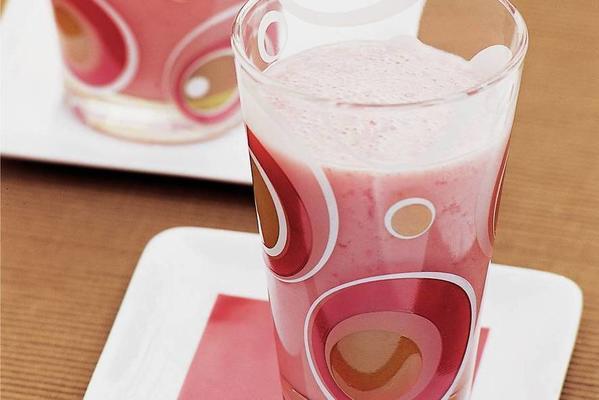 5 minDrink without alcoholbananas, cool fresh apple-pear raspberry juice, Soy drink vanilla,soy fruit shake
5 minDrink without alcoholbananas, cool fresh apple-pear raspberry juice, Soy drink vanilla,soy fruit shake -
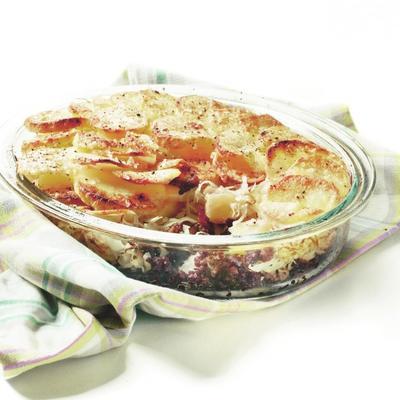 20 minMain dishsauerkraut, sticking potato, liquid baking product, half-to-half minced, Spice meatballs, pineapple, olive oil, liquid baking product,gratin sauerkraut dish with minced meat
20 minMain dishsauerkraut, sticking potato, liquid baking product, half-to-half minced, Spice meatballs, pineapple, olive oil, liquid baking product,gratin sauerkraut dish with minced meat -
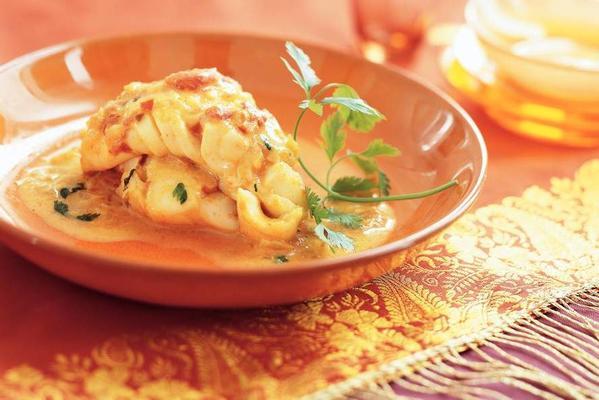 40 minMain dishlemongrass, fresh ginger, Red peppers, onions, tomato cubes, fresh cod fillet, coriander, oil, ground turmeric (koenjit), coconut milk, salt,fish in creamy coconut sauce
40 minMain dishlemongrass, fresh ginger, Red peppers, onions, tomato cubes, fresh cod fillet, coriander, oil, ground turmeric (koenjit), coconut milk, salt,fish in creamy coconut sauce -
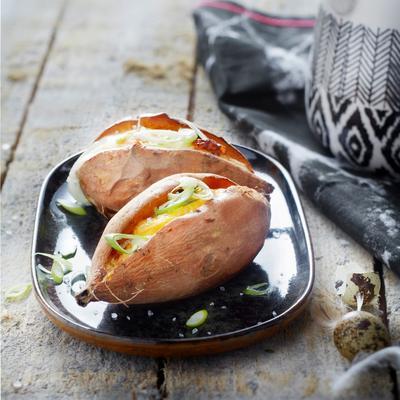 15 minSide dishsweet potato, soft goat cheese, egg, spring / forest onion,stuffed sweet potato with egg
15 minSide dishsweet potato, soft goat cheese, egg, spring / forest onion,stuffed sweet potato with egg
-
Propolis is the resinous sealant, also called beehive cement, that protects the bee colony or the bee state against infections.
Propolis for complaints, disorders and illnesses
-
Propolis can be regarded as a vegetable antibiotic and has the advantage that it is not harmful, does not cause side effects and does not affect the intestinal flora - the beneficial intestinal bacteria - (unlike regular antibiotics).
Properties of propolis
-
Activation of the immune system. Stimulates the immune system. Inhibits bacterial growth. Is mold resistant. Is anti-inflammatory. Has an anti-viral effect. Promotes tissue and cell growth. Strengthens the blood vessels. Promotes the storage of glycosides (energy-rich substances in the muscles, especially the heart muscle) Improves the functioning of the glands, including the pancreas (production of insulin) Pathogens do not become resistant to propolis (is the case with regular antibiotics) Enhances the effect of eg penicillin and can be used in addition to all regular medicines.
-
 20 minMain dishTasty vine tomato, (olive oil, fresh basil, onion, garlic, Parmigiano Reggiano, zucchini spaghetti, pumpkin spaghetti, mini buffalo mozzarella,lukewarm pumpkin and zucchini spaghetti
20 minMain dishTasty vine tomato, (olive oil, fresh basil, onion, garlic, Parmigiano Reggiano, zucchini spaghetti, pumpkin spaghetti, mini buffalo mozzarella,lukewarm pumpkin and zucchini spaghetti -
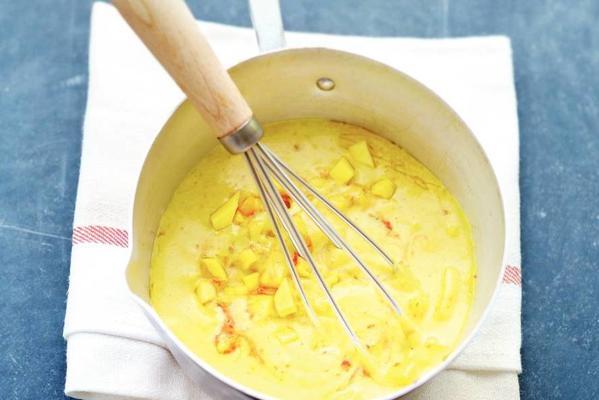 15 minSide dishtraditional olive oil, curry powder, wheat flour, coconut milk, sambal oelek, chicken broth tablet, water, fresh mango,curry sauce with mango
15 minSide dishtraditional olive oil, curry powder, wheat flour, coconut milk, sambal oelek, chicken broth tablet, water, fresh mango,curry sauce with mango -
 30 minMain dishtraditional olive oil, lean ground beef, frozen Mexican wok vegetables, salsa sauce mild, taco shell, grated young cheese, creme fraiche,Mexican vegetable in tacos
30 minMain dishtraditional olive oil, lean ground beef, frozen Mexican wok vegetables, salsa sauce mild, taco shell, grated young cheese, creme fraiche,Mexican vegetable in tacos -
 95 minMain dishmaize chicken, lemon, coarse sea salt, pepper, extra virgin olive oil, garlic, thyme, zucchini, tomatoes (small to), black olives without pit,provençal chicken with zucchini and tomatoes
95 minMain dishmaize chicken, lemon, coarse sea salt, pepper, extra virgin olive oil, garlic, thyme, zucchini, tomatoes (small to), black olives without pit,provençal chicken with zucchini and tomatoes
Applications of propolis
-
Canker sores. Asthma. Intestinal complaints. Gallbladder disease and gallstones. Joint problems. Shingles. Skin, strengthen skin functions. Herpes. Jaw inflammation. Throat problems. Respiratory tract. Inflammation in general. Ear infections. Pollen allergy. Prostate complaints. Psoriasis. Forehead cavity inflammation. Parkinson's disease.
Increase of the natural resistance
-
Propolis increases the natural resistance of the body, is antioxidant and immunostimulating. Propolis is also used to prevent infection of typical winter ailments. As a preventive measure, a cure of 1 week per winter month is sufficient to remain free of complaints all winter long.